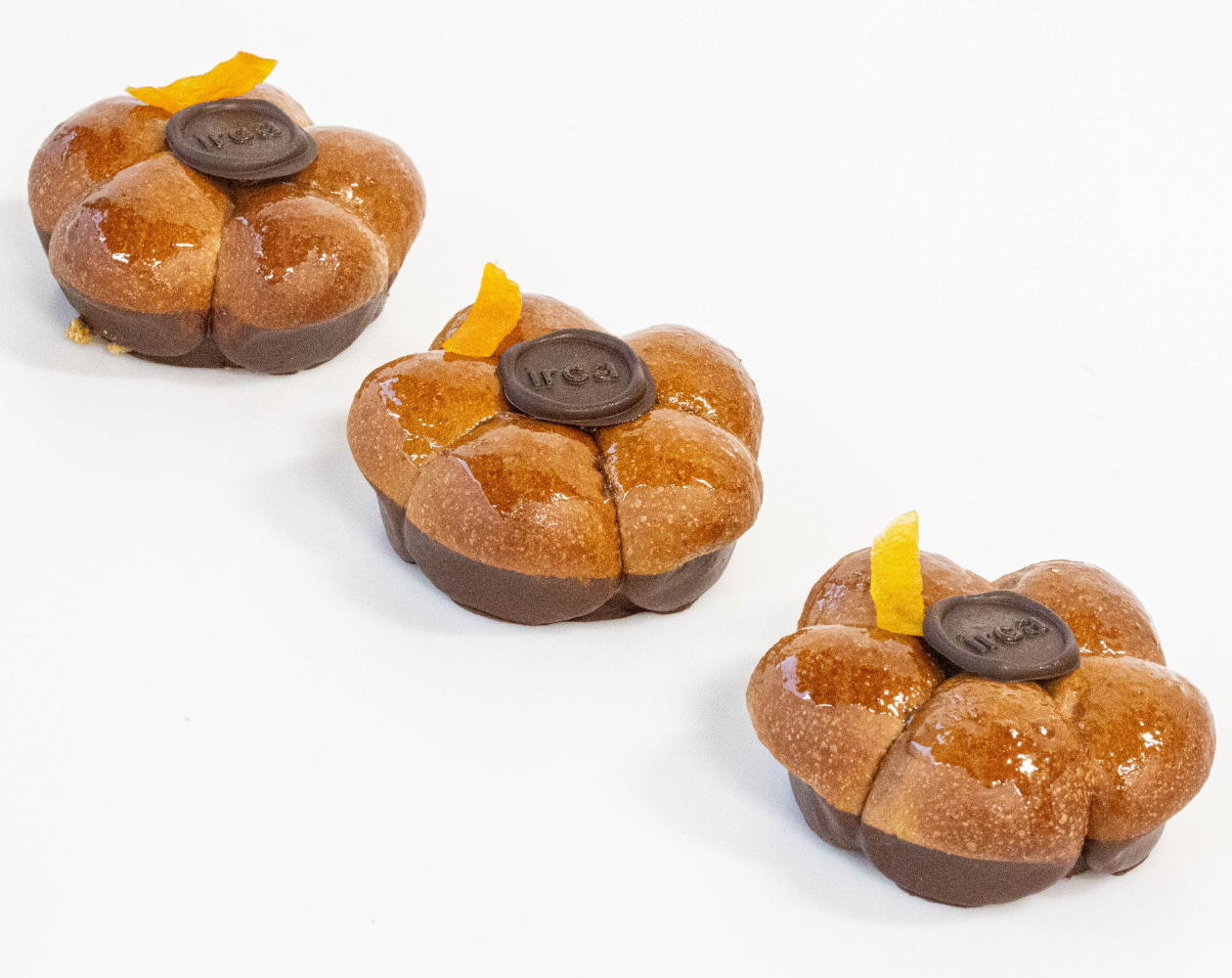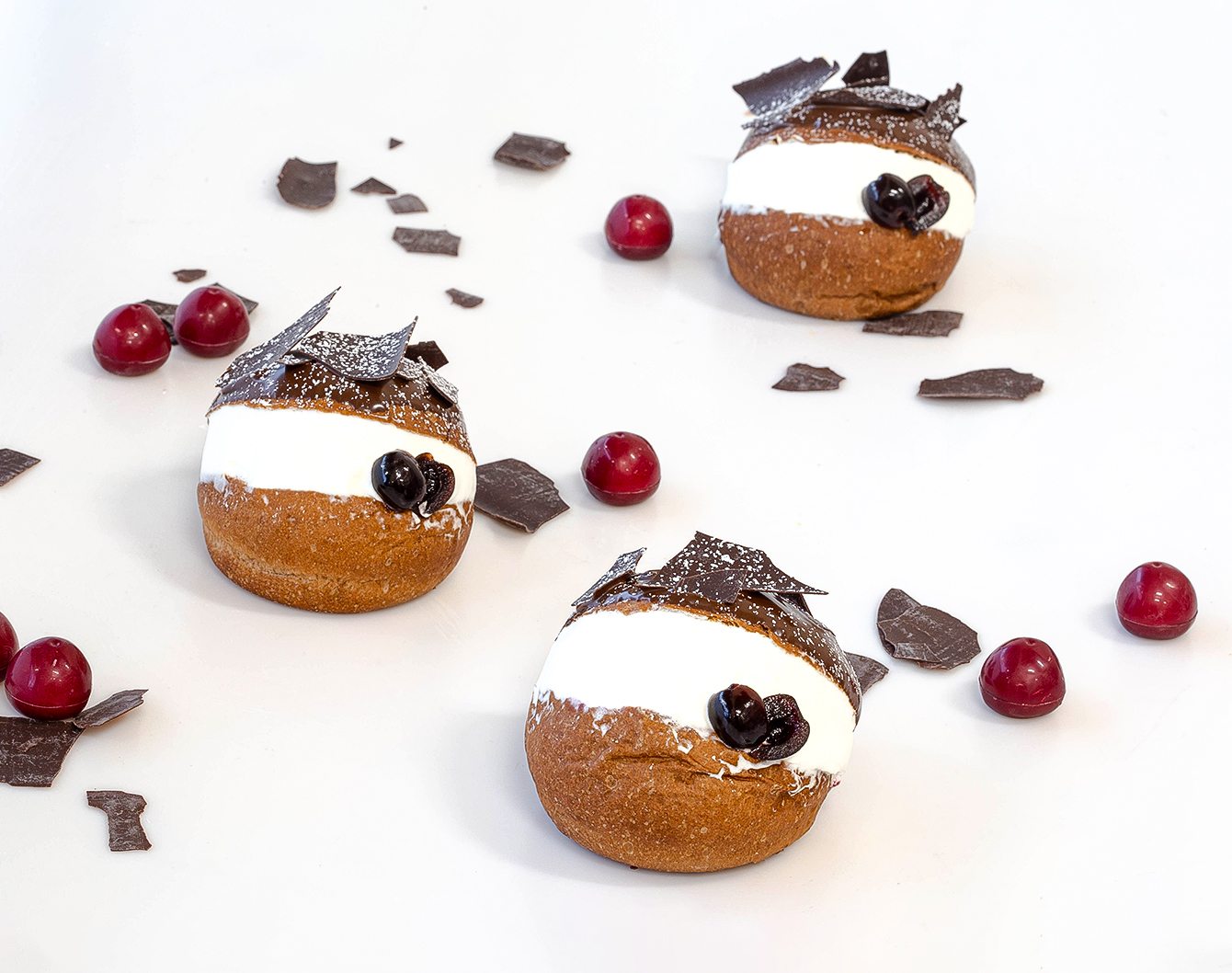There are some things that will never go out of fashion, like those good and familiar flavors that remind us of our tradition. Today though, pastry professionals are increasingly asked to include new preparations in their offer, especially when it comes to viennoiseries. The classics are essential, but new forms and new fillings are popping up.
This is why our ambassadors and experts in viennoiseries Francesco Maggio, Luca Salvatori and Davide Lista, are here to show you techniques and tips to optimize the production in your laboratory, obtaining the perfect mix between classic and innovative preparations without making any waste.

Let's start from some easy tricks you can immediately apply if you are trying to renew your offer:

There are two measures to keep in mind for balanced and really irresistible preparations: the weight of the dough and that of the filling.
The preparations with cooked insert are characterized by a greater weight, for this reason we recommend you selling them as a pastry to share, perfect to be enjoyed together.
For a perfect balance on the palate we recommend you to keep a maximum weight of dough between 50 and 60 gr, and a filling of about 20/25 gr, so as to obtain a final product weighing a total of 70/80 gr.
You know, there are 3 elements that can confirm or reverse the result of a viennoiserie products: butter, eggs and sugar.
By changing the amount of one of these ingredients inside the dough, you can get 3 different preparations, each characterized by a different alveolation.
Do you know the difference?